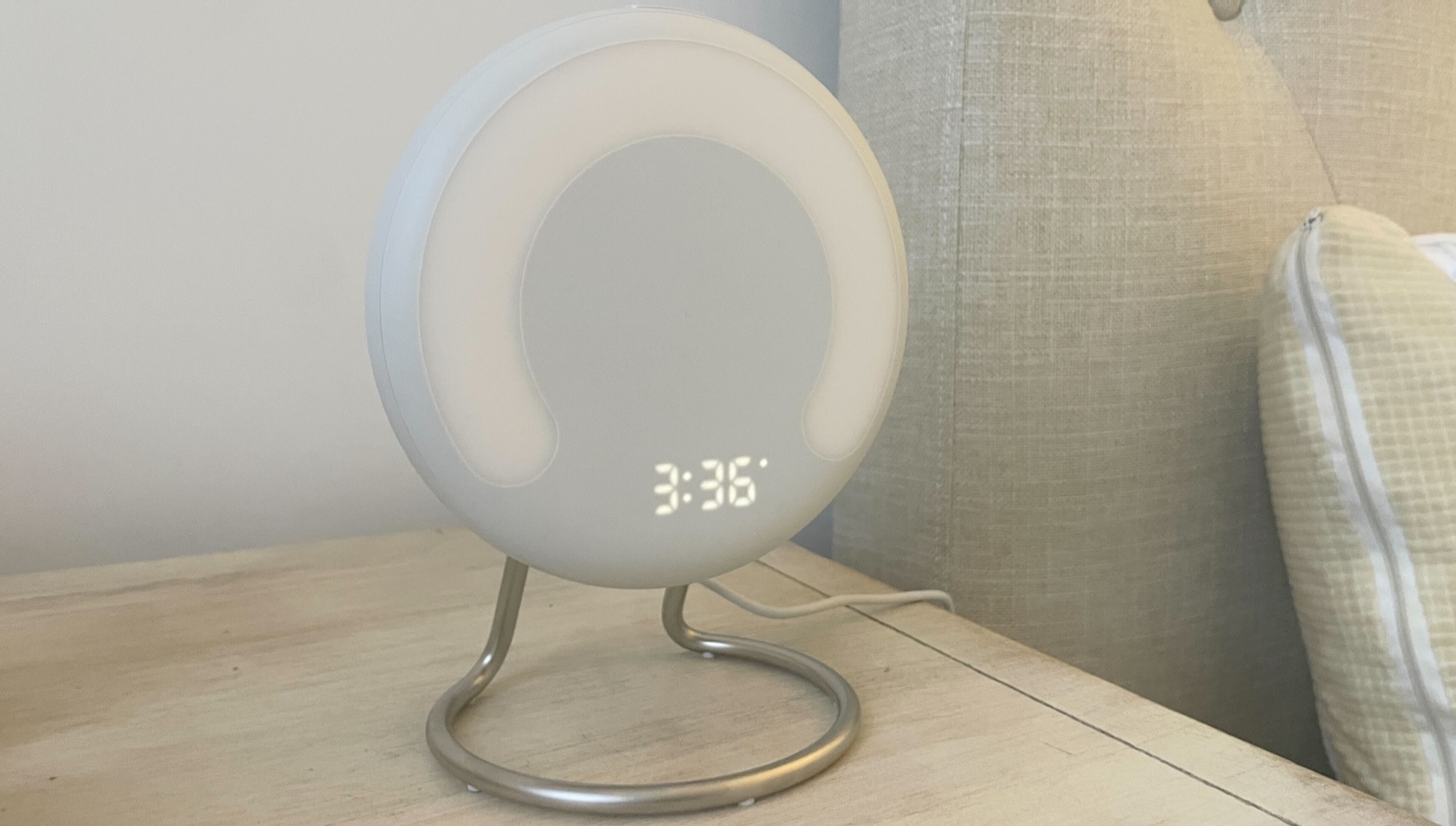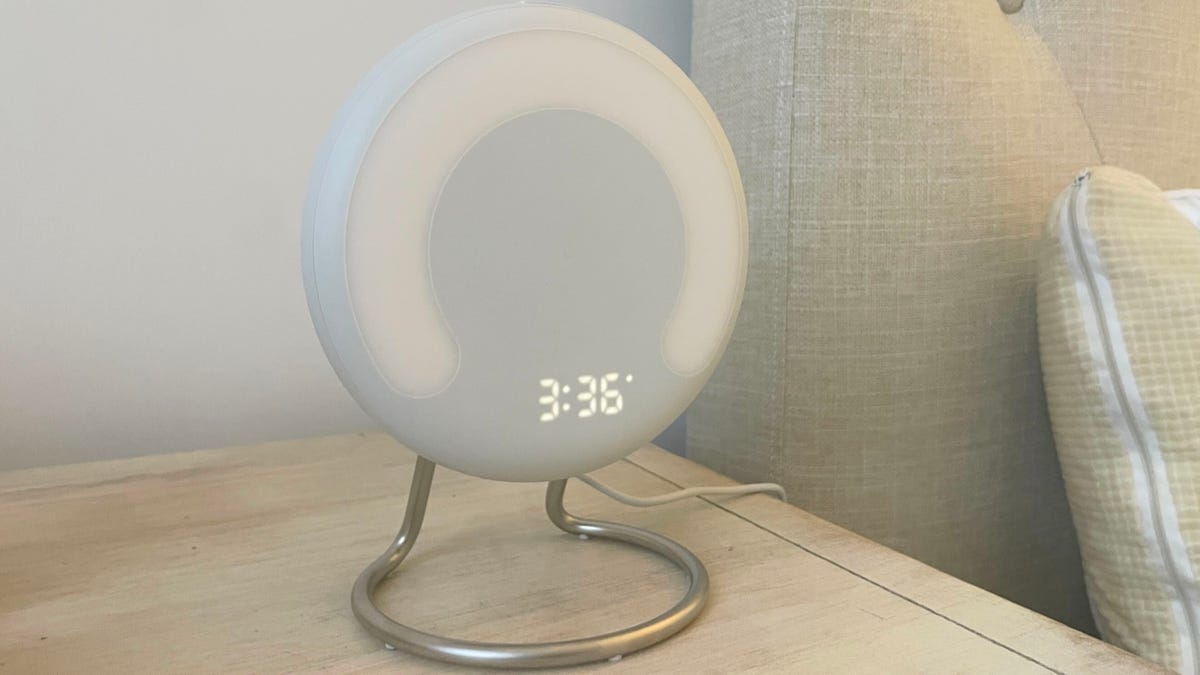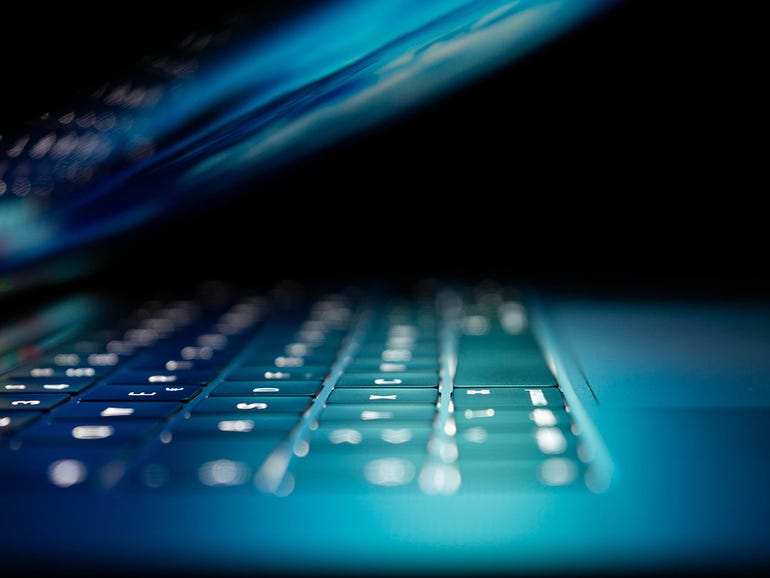Amazon Halo Rise review: A sleep-tracking nearable to replace your clumsy wearable

pros and cons
- Contactless sleep tracking
- Doubles as a sunrise alarm clock
- Consolidates complex sleep data into a digestible sleep score
- Doesn’t require a Halo membership
- Can only use voice control when paired with an Alexa or Echo Show device
- Doesn’t track snoring or coughing
more buying choices
Back in September, Amazon introduced its newest sleep-tracking device to the ever-growing health and fitness market: the Halo Rise. At the time, I was pleasantly surprised to learn that the Halo Rise wasn’t another watch, headband, or pair of earbuds that could gauge my health. Rather, the Halo Rise is a bedside sleep tracker that uses low-energy sensors to analyze your breathing patterns, movements, and room environment to provide measurable sleep insights.
But wait, there’s more: The device doubles as a smart, sun-simulating alarm that can pair with your Echo Show or Alexa device(s) to enhance your morning routine. While an Amazon Halo membership makes it easier to integrate the tracker with multiple devices, a membership is not required to use it or perform any of the specialized tracking features.
Also: These sound machines can actually help you fall asleep faster
If you’ve been wondering whether a contactless sleeper tracker would actually work, you’re not alone. I had been asking myself the same question for months, eager to put the Halo Rise to the test. Now, for the past few weeks, the Halo Rise has been my one-stop sleep tracker and alarm, and I’m happy to report that it’s made my mornings brighter in more ways than one.
Specifications
|
Size |
5.2 x 6.7 x 1.45 inches |
|
Built-in wake-up light |
Max lux: 300L at 0.5m |
|
Requirements |
An Amazon account, compatible mobile device (iOS 13.0+ or Android 8+), the Halo app, and Wi-Fi. |
|
Price |
$139.99 |
A smart device with a smart design
Wearing tech to bed, no matter how sleek, can be more of a hindrance to sleep than a relaxant, making anyone’s sleep worse before it actually gets better. The Halo Rise sits comfortably on top of my nightstand, eliminating any friction and contact with my wrist, head, or ears. By default, the 6.7-inch white disc displays the time and is held up by a stainless-steel stand, adding to my room’s peaceful bedtime aesthetic.
Review: I slept with a meditation headband. Here’s why you should, too
Setting up the Halo Rise was as seamless as its appearance. I placed the device by the side of my bed and made sure it was at head level so it could accurately track my sleep behaviors. The rest of the setup process took place in the Halo app.
The Halo Rise is a natural addition to my nightstand, both practically and aesthetically. Christina Darby/ZDNET
Thanks to the low-energy sensors and Amazon’s claim of “hours of training against sleep lab-tested polygram data,” the Halo Rise doesn’t require cameras or microphones to get a read on your sleep patterns.
That’s compared with the competing Google Nest Hub, which does rely on extra parts, and tracks your snoring and coughing, as well as movement. That could be both good and bad, depending on what statistics you value and how much of your privacy you’d like to keep… private.
The top of the Halo Rise features two buttons — a larger snooze/reading light button and a smaller one to control standby mode/sunset simulation. You can also connect the Halo Rise to your Echo Show or Alexa-enabled device to give the alarm voice commands for an even smarter experience.
An alarm clock worth waking up to
Speaking of sunset/sunrise simulation, this is arguably my favorite feature of the Halo Rise. The Rise features a sliver of LED lights that produce natural-looking sunlight to wake you up.
The light gets incrementally brighter to simulate the warm tones of the sun, making even the gloomiest of winter days feel just a tad brighter. For deep sleepers who are worried that the light alone won’t be enough to wake you, alarm chirps accompany the brightness — with five audio tones to choose from within the Halo app — making for a pleasant but effective way to get you out of bed.
Also: The 4 best sunrise alarm clocks: Wake up smarter
However you set your alarm, I’d recommend you set the time a bit later than you typically wake up, given that the sunrise simulation starts 15 minutes before your desired time, and increases very quickly.
Starting off my day with sunlight, even if it’s artificial, automatically makes mornings more comforting. Christina Darby/ZDNET
From stats to better sleep
Even though the Halo Rise is a “nearable” as opposed to a wearable, its approach to tracking data is more or less the same: A hypnogram graph within the Halo app presents the time you spent in each state of sleep (light, deep, REM).
Also: The 8 best sleep trackers you can buy
What’s different is that you can also see how long it took you to fall asleep, and environmental factors like the room’s light level (lux), humidity percentage, and temperature. Halo Rise consolidates these various sleep data points into a digestible sleep score ranging from 0 to 100.
The sleep data provided a sleep score, my overall data, and environmental insights. Christina Darby/ZDNET
As a “type A” personality, I was afraid that a score-based approach would only increase my sleep stress and totally backfire, but the Halo Rise’s actionable insights did just the opposite. In addition to giving the environmental elements, Amazon presented me with recommendations and ideal levels for each factor, encouraging me to make practical adjustments. To my amazement, my stress levels and overall mood continued to improve as I was testing the Halo Rise.
The app also prompts you to try different meditation and sleep programs to fall asleep faster, stay asleep longer, and help feel more well-rested throughout the day. I loved having these suggestions on top of Halo Rise’s core functionalities.
Also: Apple Watch vs Fitbit: Which tracks sleep better?
As far as accuracy goes, the Halo apps’ data more or less matched up with the data from my Apple Watch, which I wore as the control of my testing. Just know that if you’re a pet owner, Amazon warns that furry friends getting between you and the sleep tracker could cause slight disruptions to the data.
Bottom line
If you’re hesitant about wearing tech as you sleep but still want access to sleep data, I’d say the $139.99 Halo Rise is worthy of its price tag. To put it in perspective, it’s only $10 more than the viral Hatch Restore alarm clock, which doesn’t include sleep tracking and requires more real estate on your nightstand. It’s also not backed by a multinational conglomerate.
Is the Halo Rise perfect? Not quite, but it’s almost there. I do hope that future iterations of the device will incorporate snoring and cough tracking and make use some of the Amazon Echo Show 5‘s features, like standalone voice control or news story display.
Still, you can color me impressed. The Rise’s environmental recommendations have personally changed my sleep habits for the better and, coupled with the sunrise-in-your-room approach, have made me more awake when I need to be.
Alternatives to consider
Open to alternative sleep-tracking devices or smart alarms? Here are some alternatives worthy of your consideration:





Pingback: บาคาร่า
Pingback: rove carts https://exotichousedispensary.com/product/rove-carts/
Pingback: magic mushrooms shop
Pingback: 토렌트 사이트
Pingback: Magic mushroom capsule
Pingback: สมัคร lsm99